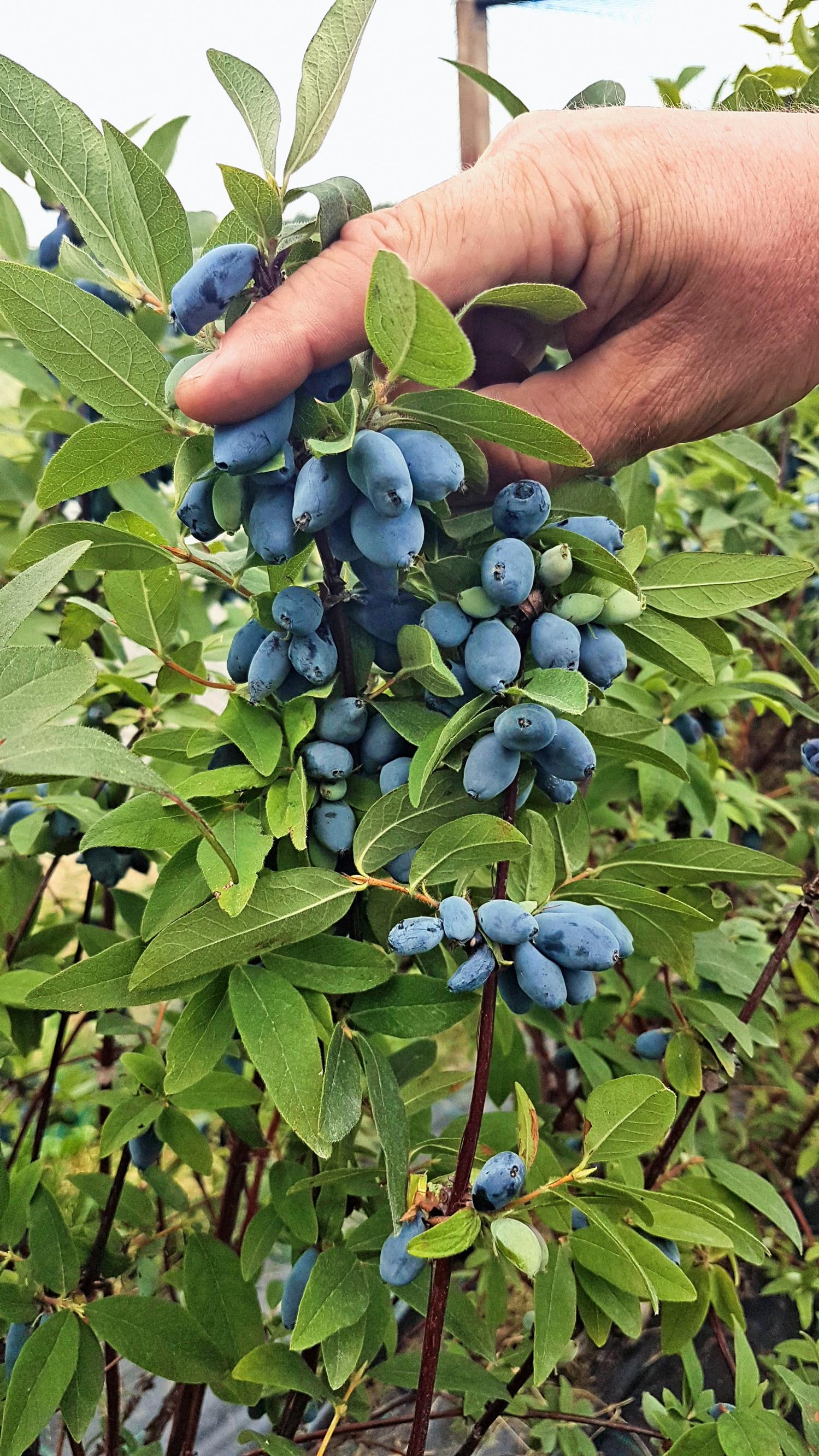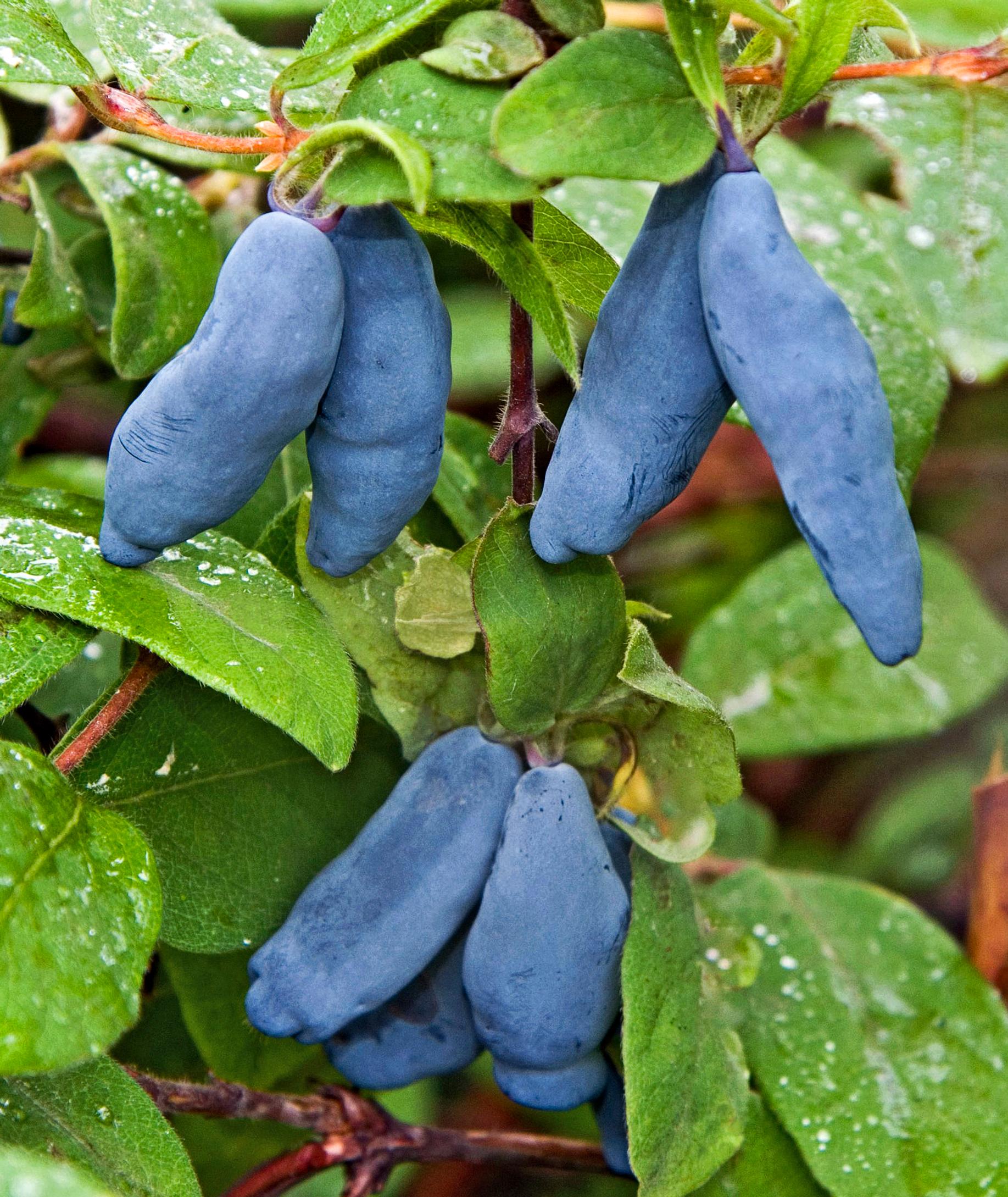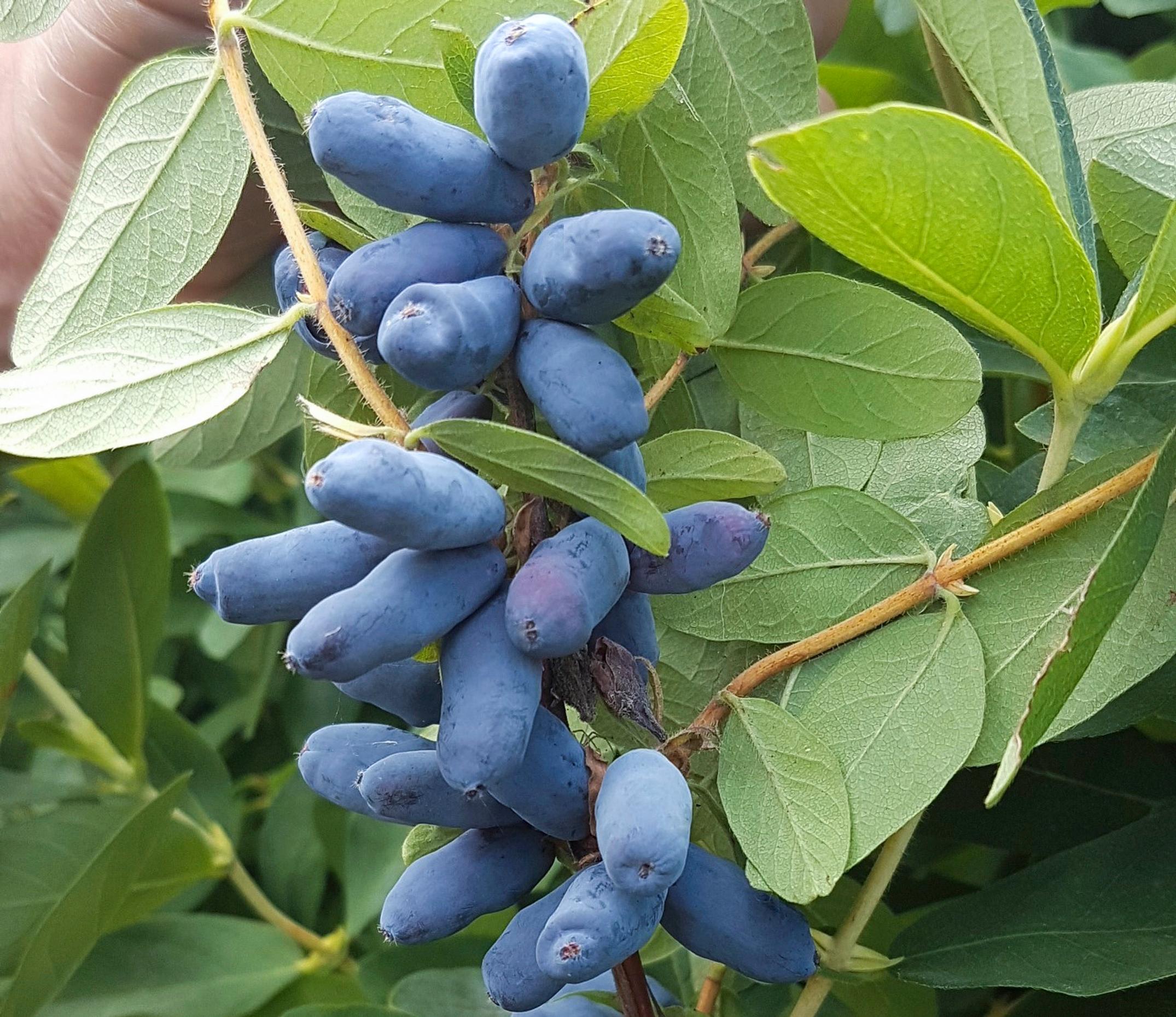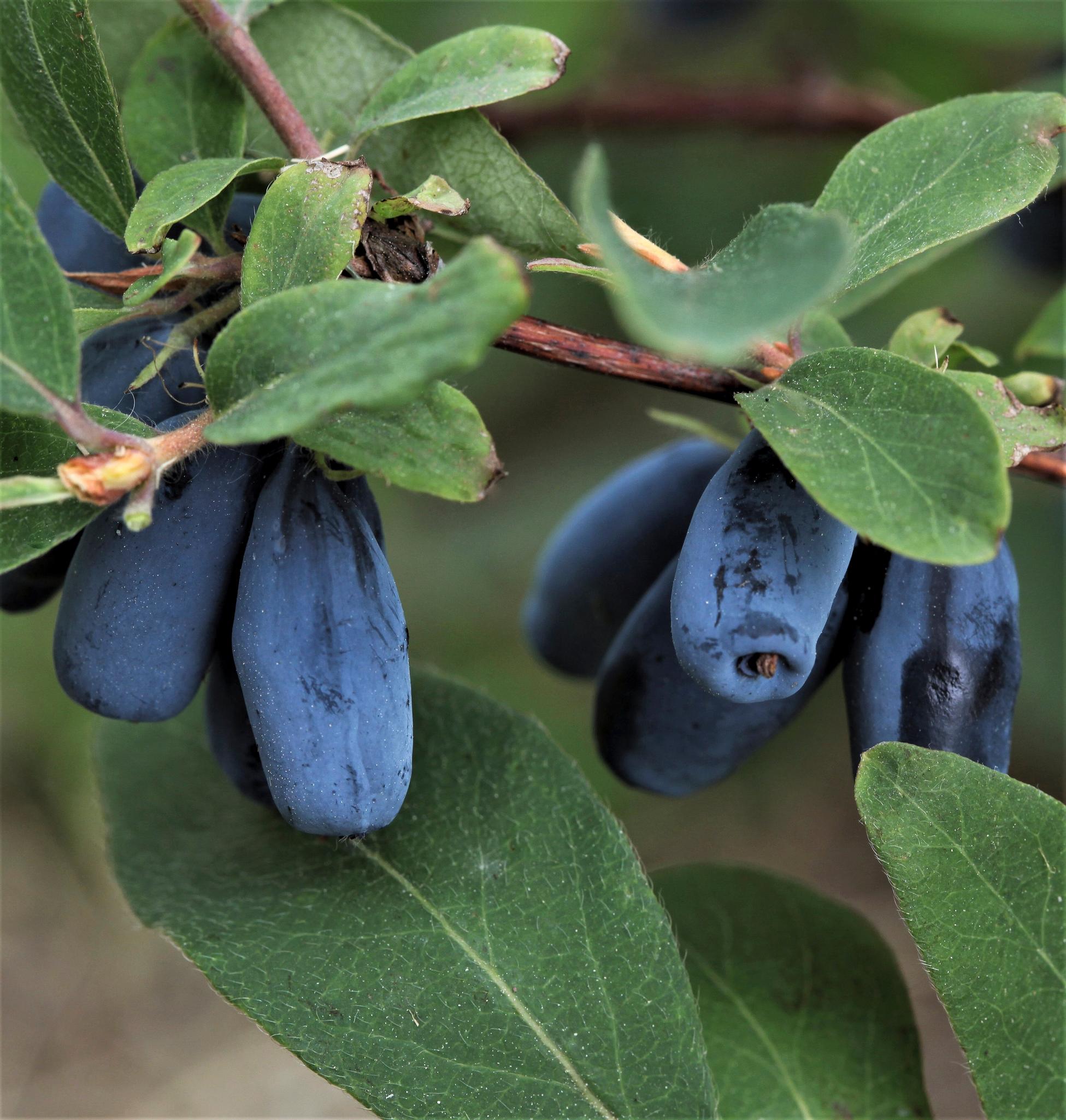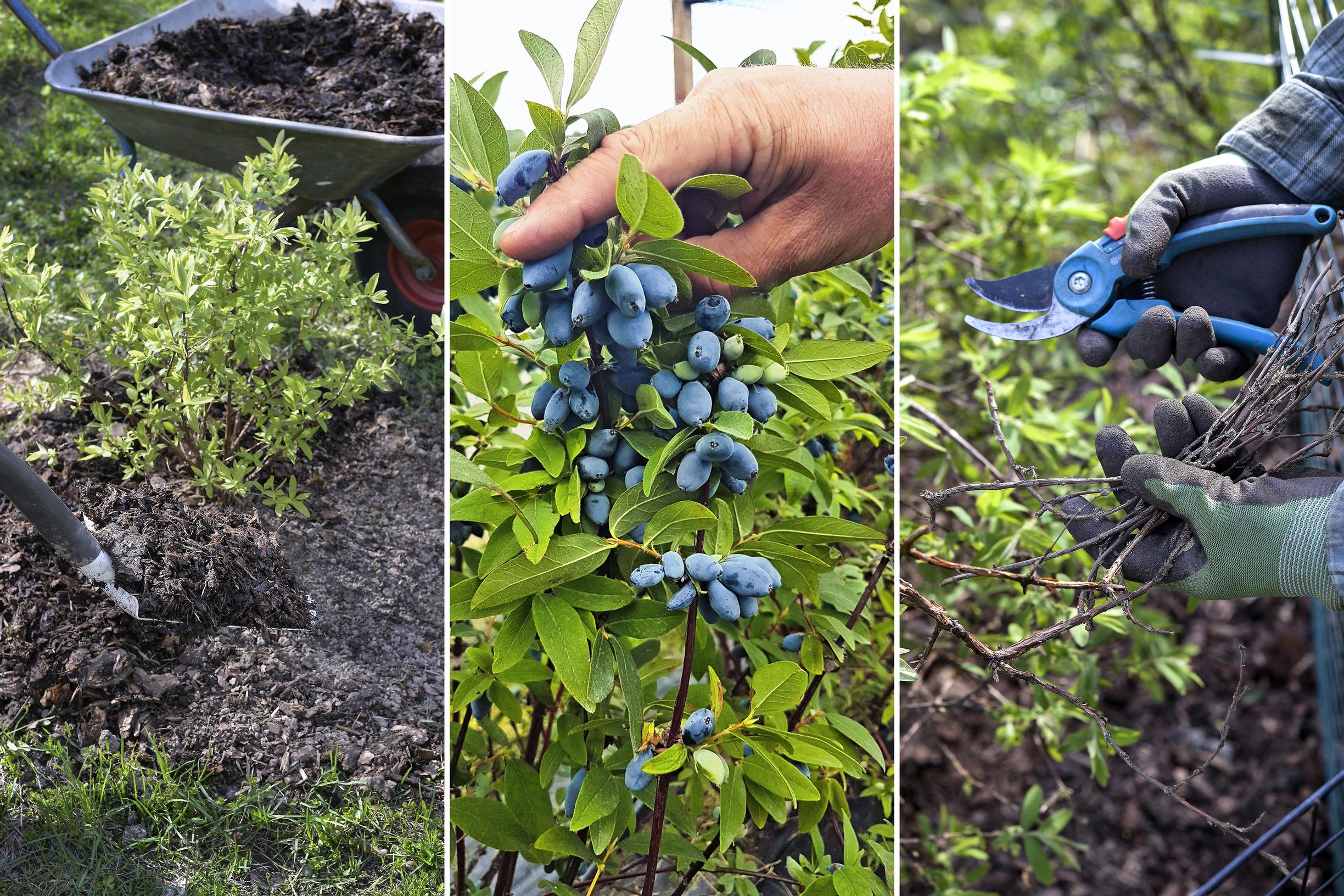
Honeyberry—expert tips for planting, care, and the best varieties
Honeyberry, sweetberry honeysuckle, blue honeysuckle, haskap—this berry shrub goes by many names. It’s easy to care for, extremely winter-hardy, and its berries are large and sweet. Nursery gardener Leif Blomqvist has years of experience growing this delicacy. We asked him for his best advice on honeyberry care and which varieties suit different uses.
1. Choose new honeyberry varieties
If you’re after the biggest, sweetest berries, plant the newest honeyberry cultivars in your garden. Unlike older varieties such as ’Duet’, ’Atut’, ’Anja’, ’Sinoglaska’, and ’Wojtek’, the newcomers don’t have that typical hint of bitterness. You’ll find more details on the cultivars at the end of this article.
2. Guarantee a big harvest
Plant two to four different varieties to encourage cross-pollination and maximize your crop. Make sure the shrubs bloom at the same time. Honeyberry cultivars also differ in ripening time, flavor and size of the berries, as well as the shrub’s height and growth habit.
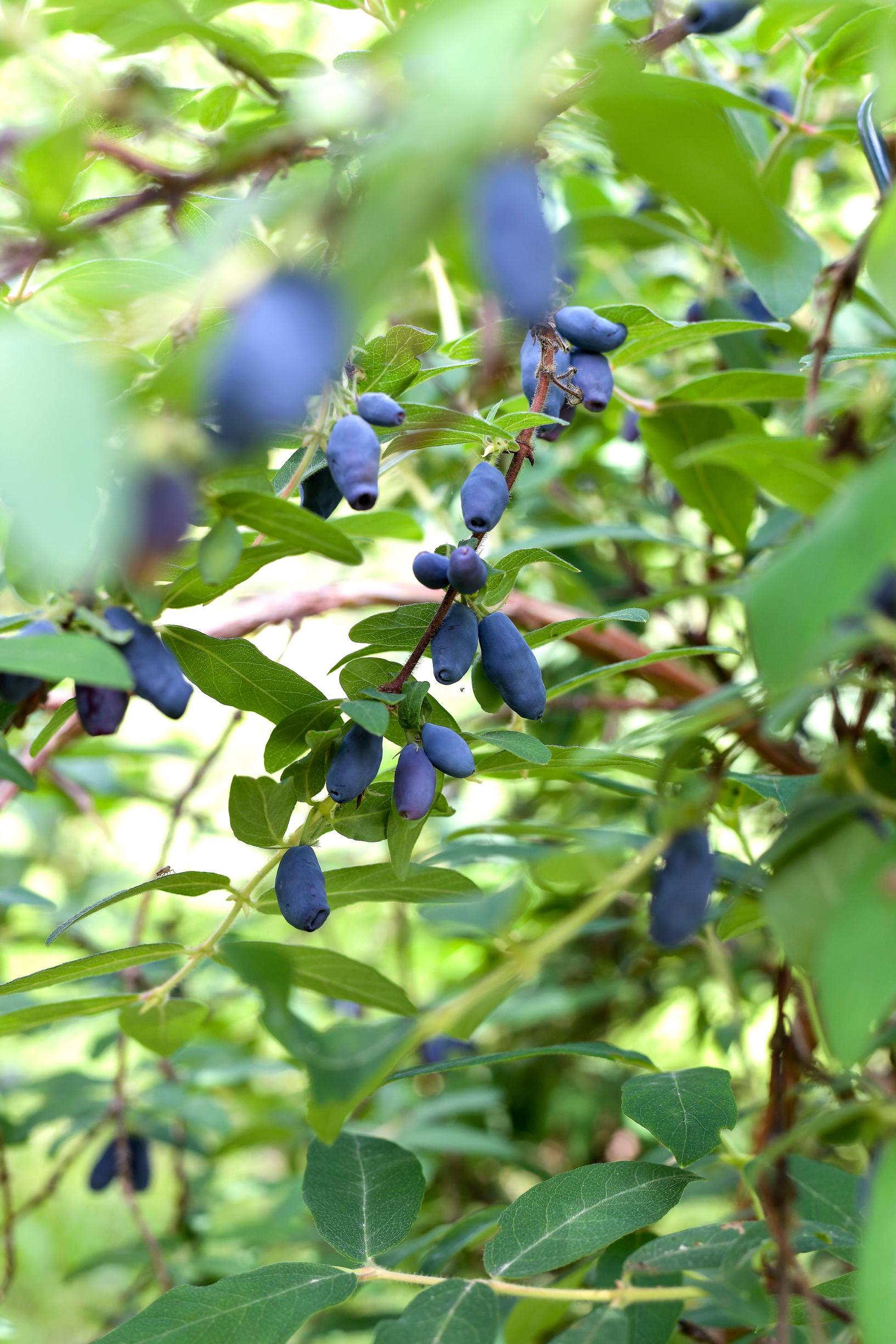
3. A multi-purpose shrub
Plant the berry shrubs in a row, as a hedge, in small groups, or on a trellis. Honeyberry is wonderfully versatile because it forms a dense stand that leafs out early in spring. Just remember to protect both the branches and the crop from animals.
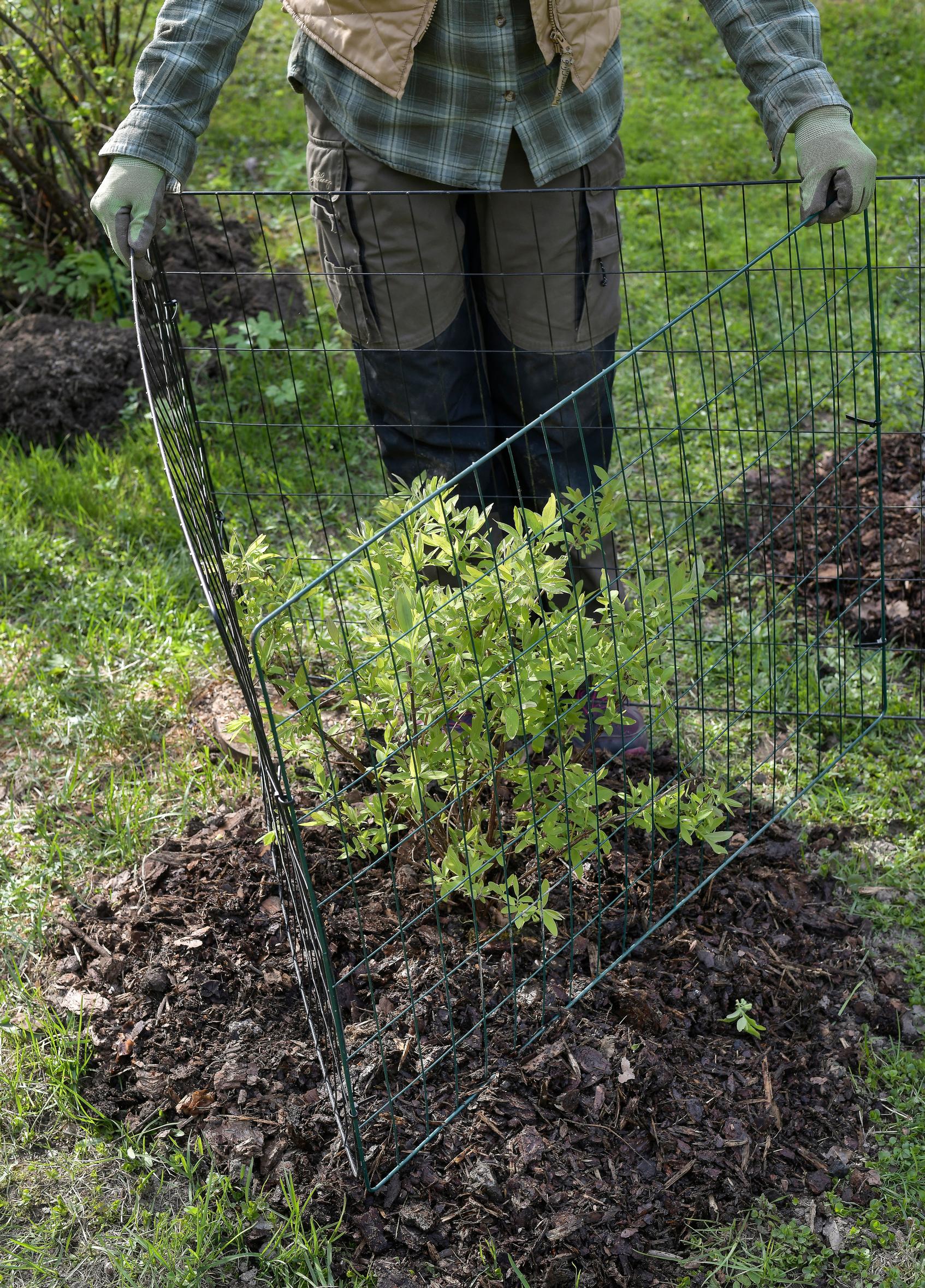
4. Know what you’re eating
Remember that blue honeysuckle, a close relative of honeyberry, isn’t edible—its berries contain saponins and are mildly poisonous. Honeysuckles can be hard to tell apart, although the berries of the new honeyberry varieties are clearly larger than those of blue honeysuckle.
5. Choose a sunny spot for your honeyberries
Give the plants a sunny location—light boosts flowering, yield, and the berries’ aroma and sugar content. To improve cross-pollination, group the shrubs together and plant different varieties close to one another. Space the plants 1–2.5 meters apart and leave 2–3 meters between rows.
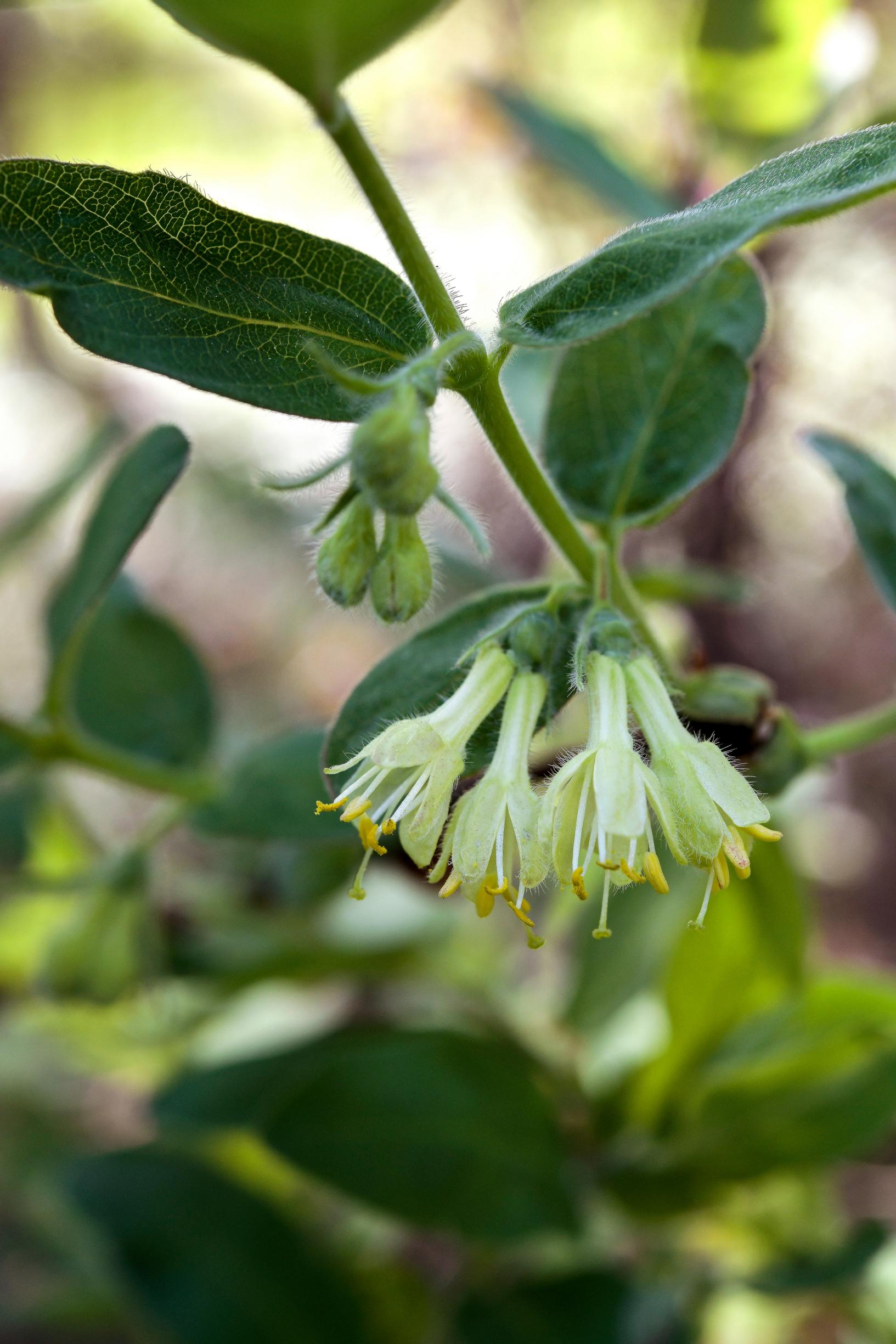
6. Planting honeyberry
Prepare a good growing spot for the young plant. Honeyberry can survive in poor soil, but rich, well-drained loam will give you the biggest, juiciest berries.
Heavy clay is the trickiest soil for honeyberry. Improve a wide area with compost or topsoil and mound the planting bed. Don’t dig a hole that will collect water.
Honeyberry prefers moderately fertile soil with a pH of 5.5–7. If needed, mix lime or wood ash and a berry fertilizer into the entire planting area.
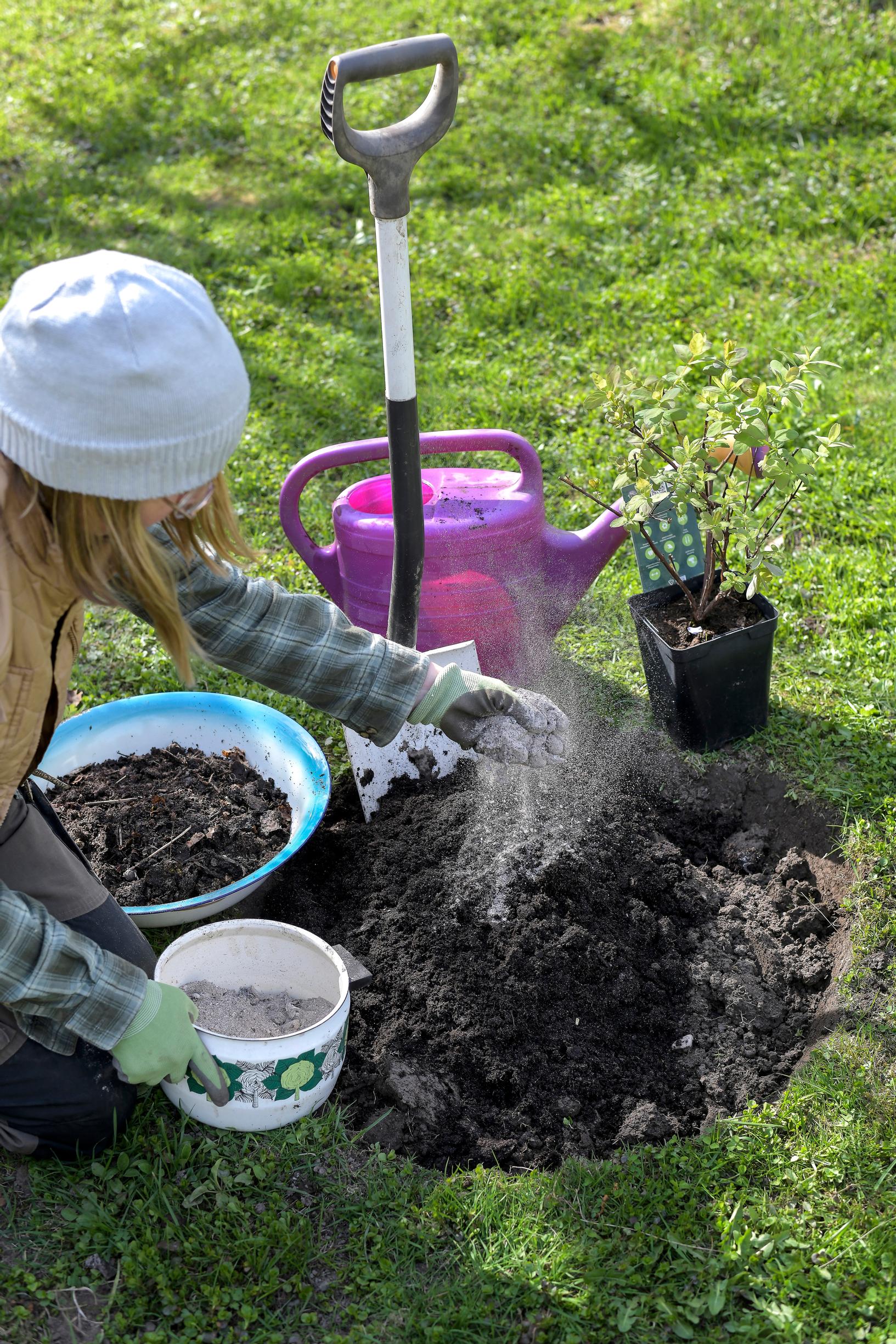
7. Plant any time from spring to fall
Cover the root ball with 2–5 centimeters of soil. A planting cut to encourage branching is usually unnecessary. Even if the seedling has only a couple of shoots when you plant it, it will fill out quickly.
Add an organic mulch—straw, leaves, wood chips, or bark—to the soil surface. Mulch suppresses weeds, reduces evaporation, and makes post-planting watering easier.
8. Protect honeyberry with mesh
Cover the plant with netting right after planting. Deer and hares both find honeyberry shoots delicious. If animals nibble the shoots, prune off the damaged parts in spring before growth starts.
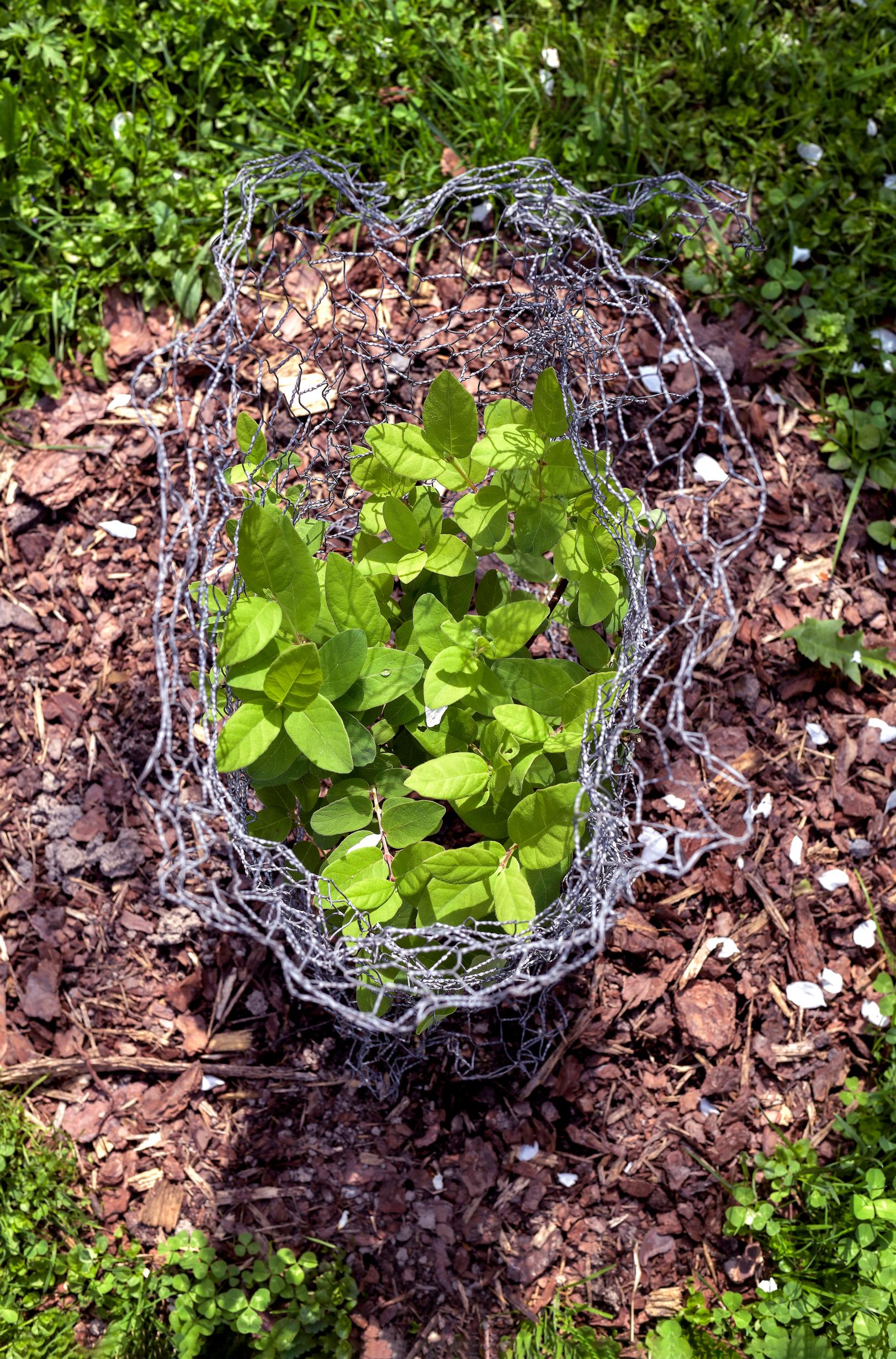
9. Mind the watering
After planting, water thoroughly so the entire root zone is moist. Honeyberry tolerates drought fairly well, but a plant that dries out may stop growing and resume only the following spring. Keep up with watering for the first couple of years.
Even in a heatwave, water at most twice a week—frequent watering reduces the roots’ oxygen supply. Shape a shallow basin around the stem to keep water from running off, and remember to level it before autumn rains arrive.
Honeyberry starts yielding well in about four to five years. The shrub reaches full size in six.
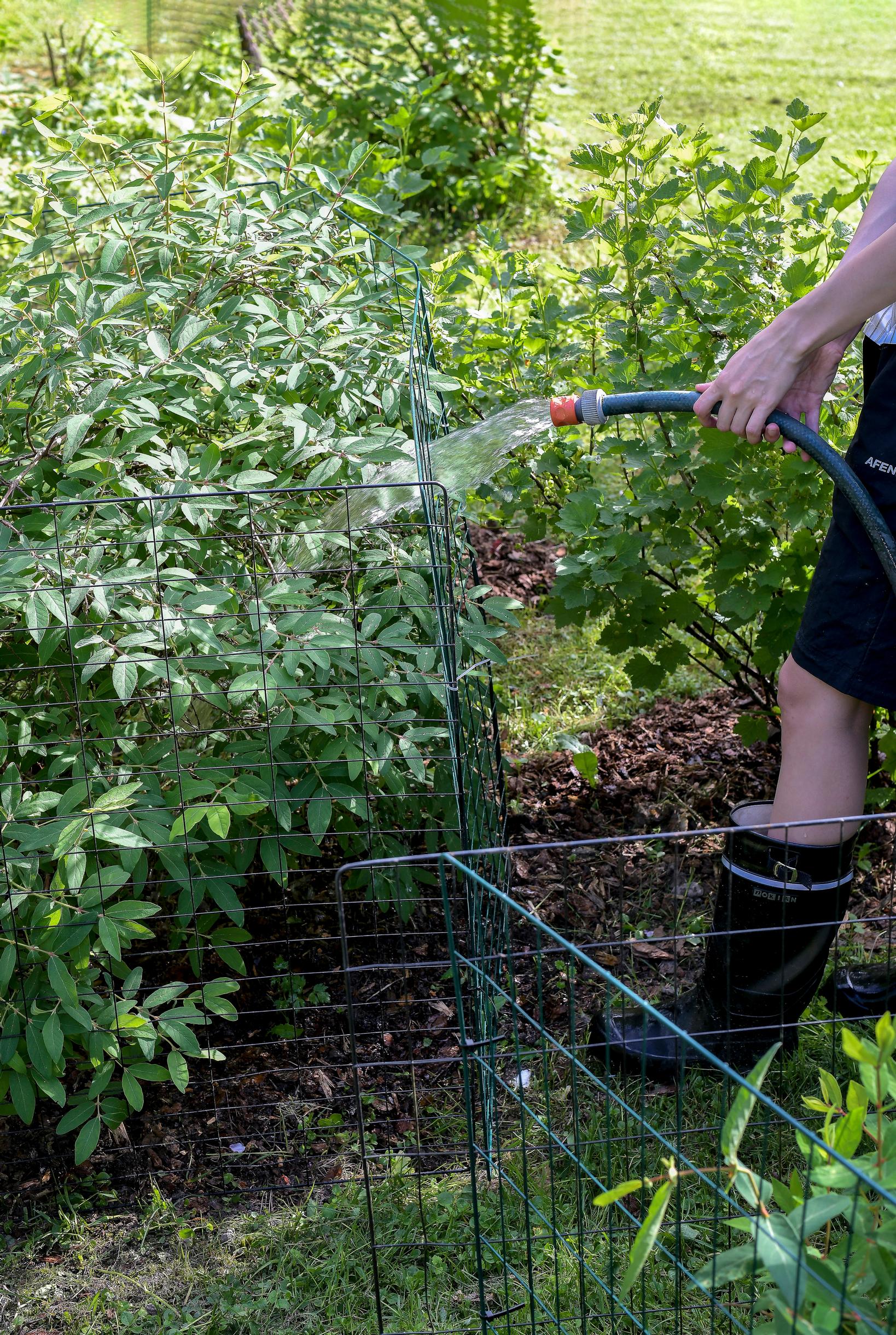
10. Fertilizing honeyberry
Tailor fertilizing to the plant’s vigor. If few new shoots appear and annual growth is scant, add more nutrients. Like currants, honeyberry needs potassium more than nitrogen. Use a berry fertilizer, compost, or bokashi compost, and spread grass clippings as an early-season mulch if you like.
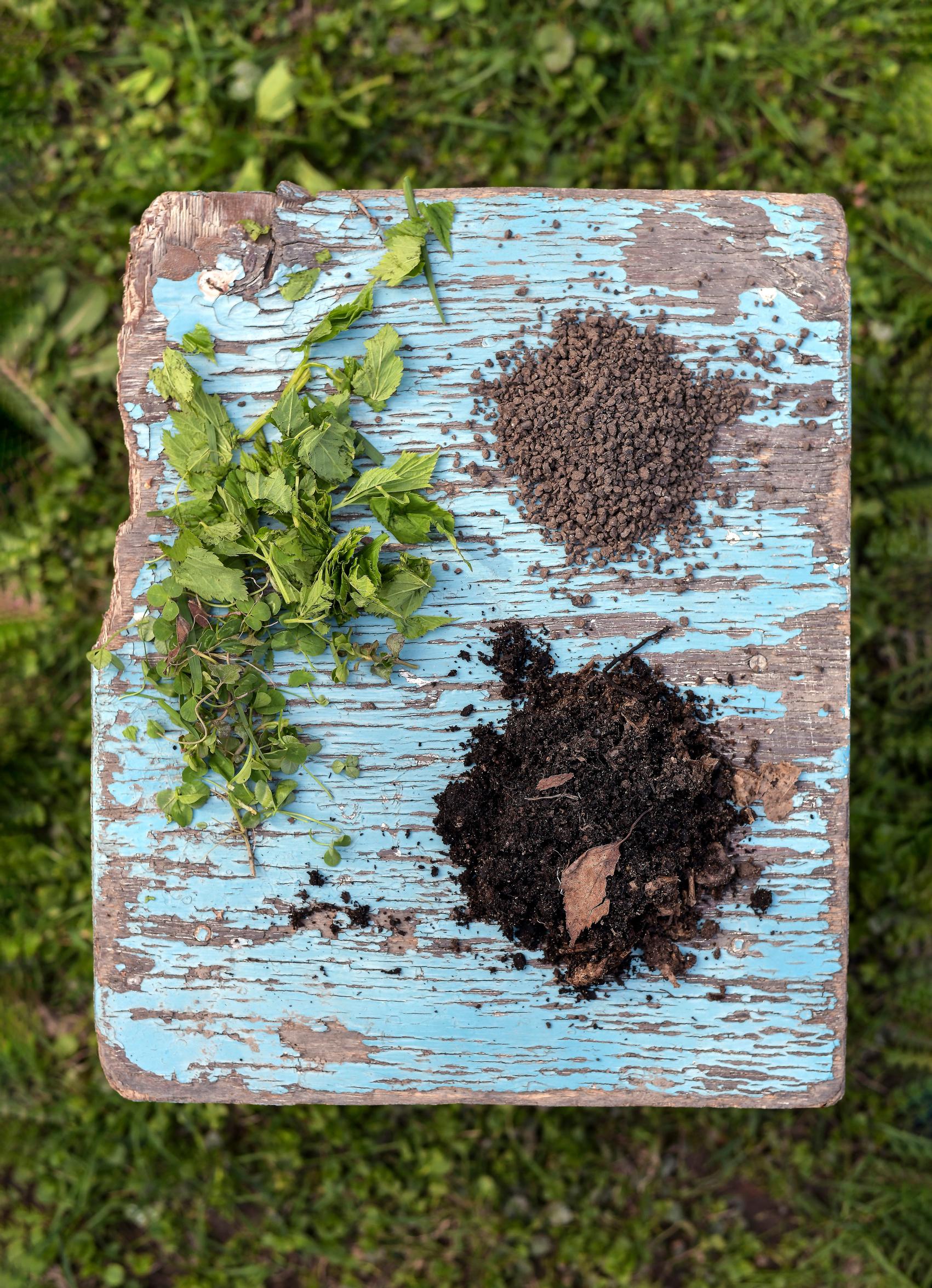
11. Pruning honeyberry
Let a young shrub establish first and remove only damaged branches. Dry branches can be cut at any time. Begin maintenance pruning 5–7 years after planting by taking out weak or overcrowded shoots. Repeat every 2–4 years, removing no more than one-quarter or one-fifth of the wood to keep the shrub vigorous and avoid a hard rejuvenation cut.
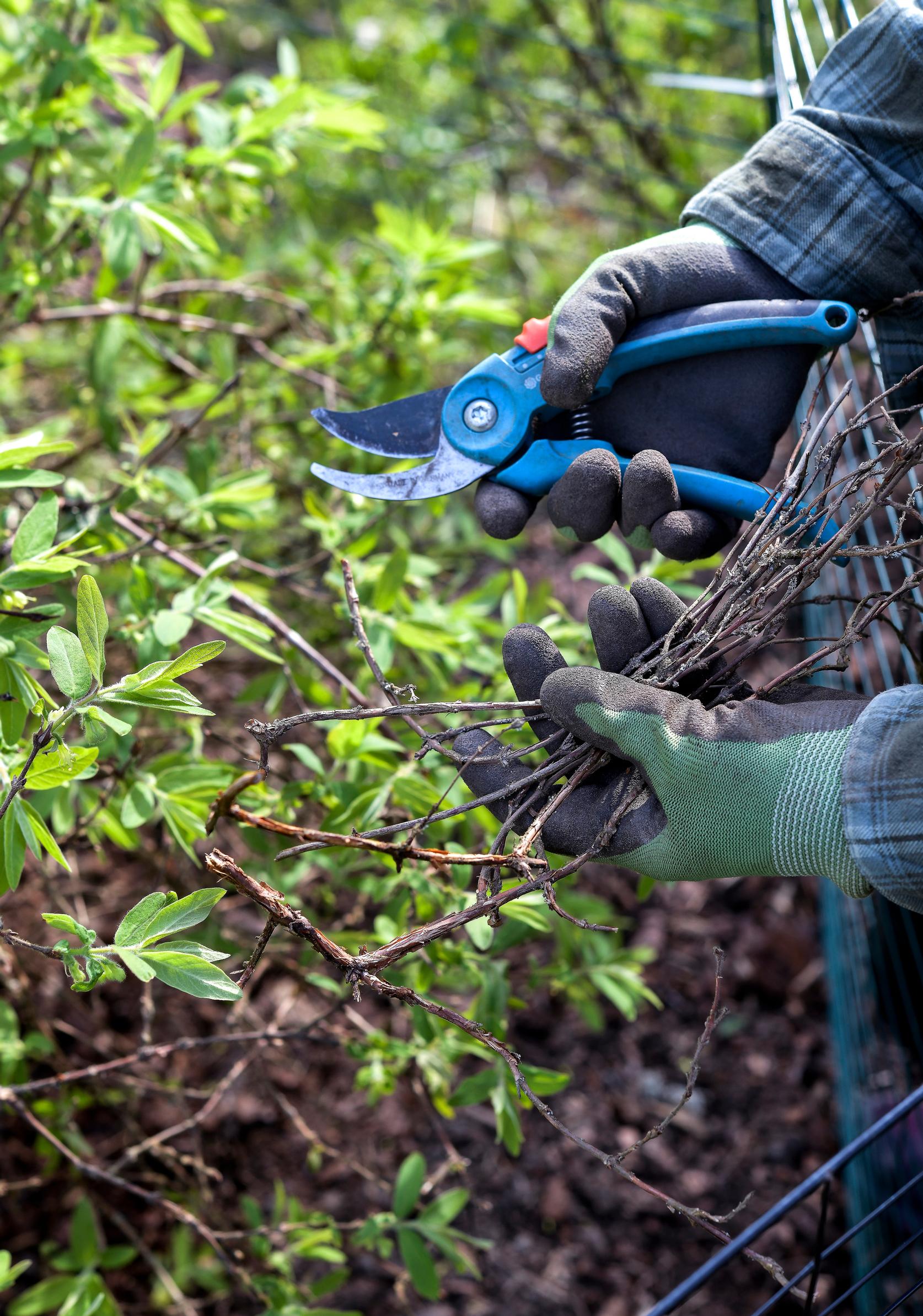
12. Train onto a trellis if you wish
Try growing honeyberry on a trellis for a space-saving screen. Plant at least two tall varieties on the structure unless other honeyberries are nearby. Fan the branches out and tie them to the frame, removing shoots that face outward. Keep a mature shrub vigorous by cutting out its oldest shoots.
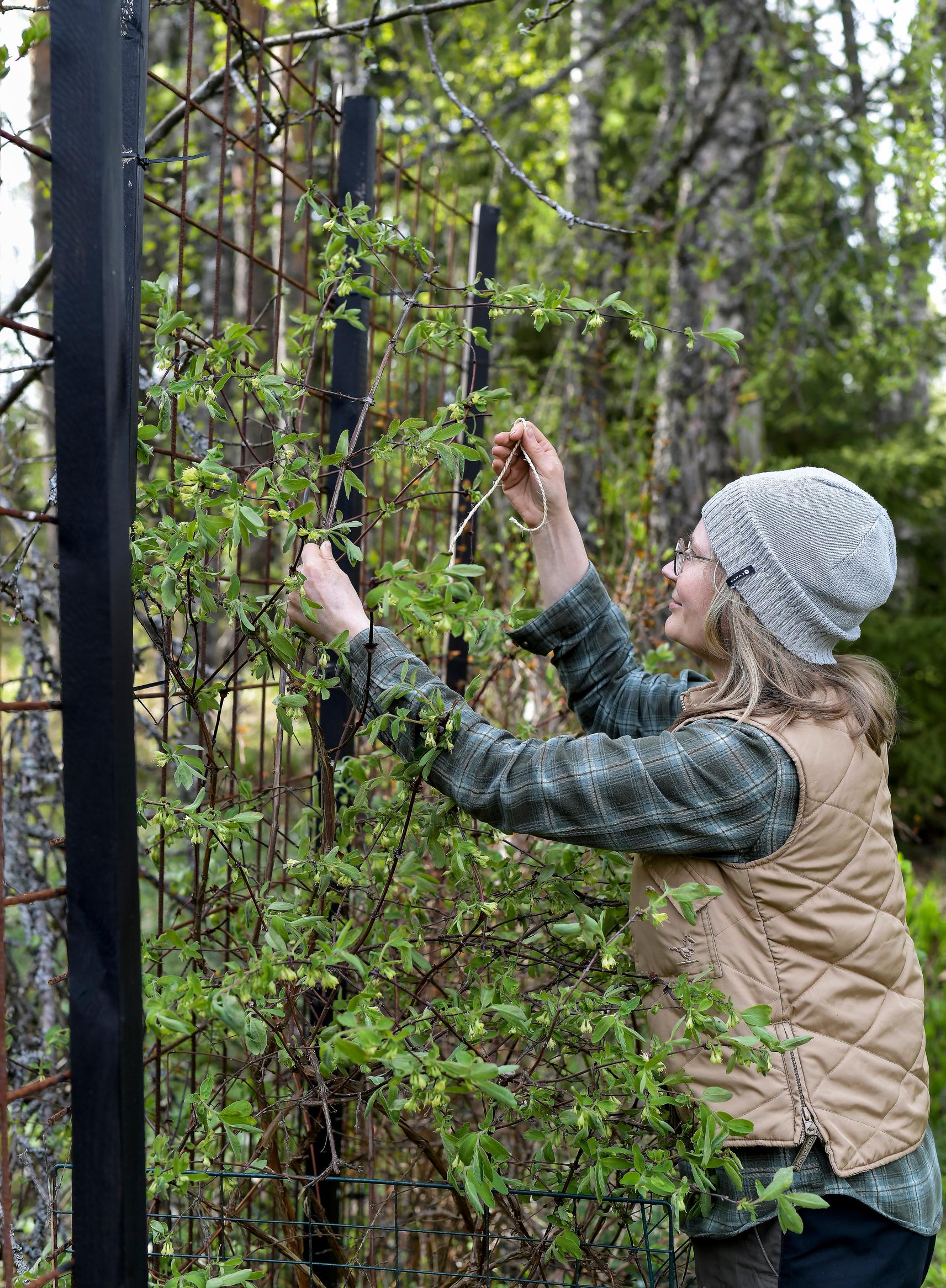
13. Propagating honeyberry
Honeyberry is easy to propagate from cuttings. Take hardwood cuttings before the buds break, or softwood cuttings from new growth in late June to early July. A halved plastic bottle makes a handy mini-greenhouse—just air it out occasionally to relieve excess humidity. You can also layer branches by bending them to the ground and covering them with soil.
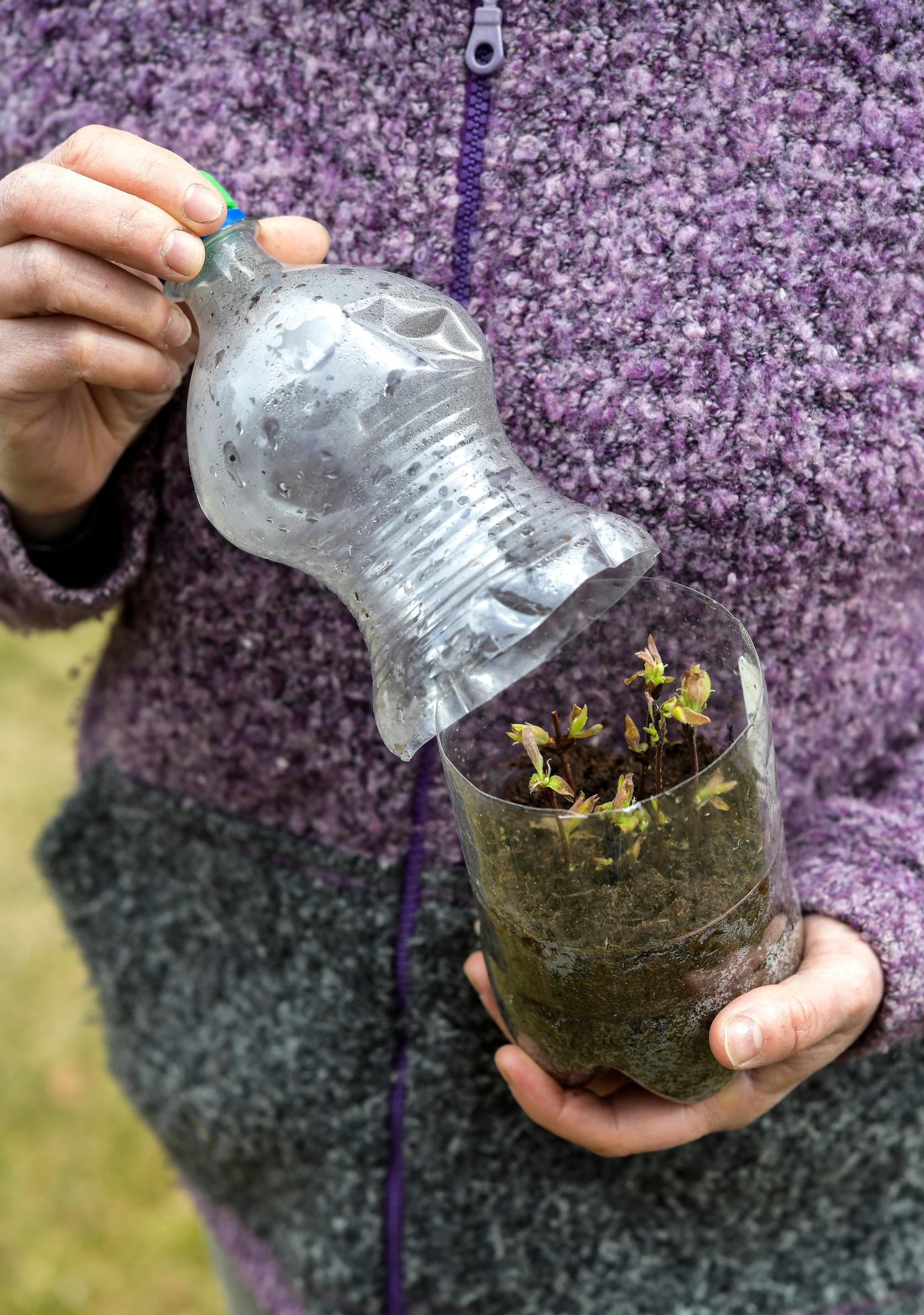
Keep an eye on ripening. Some varieties can be picked over a long period, while others drop their berries soon after they’re ripe.
14. The flowers don’t need your help
The drooping yellow-white flowers open in May, shortly after the leaves. They rarely need protection from a late frost—several degrees below freezing won’t harm them. You don’t have to hand-pollinate either; bumblebees are highly efficient in spring, and once temperatures rise, other insects join the task.
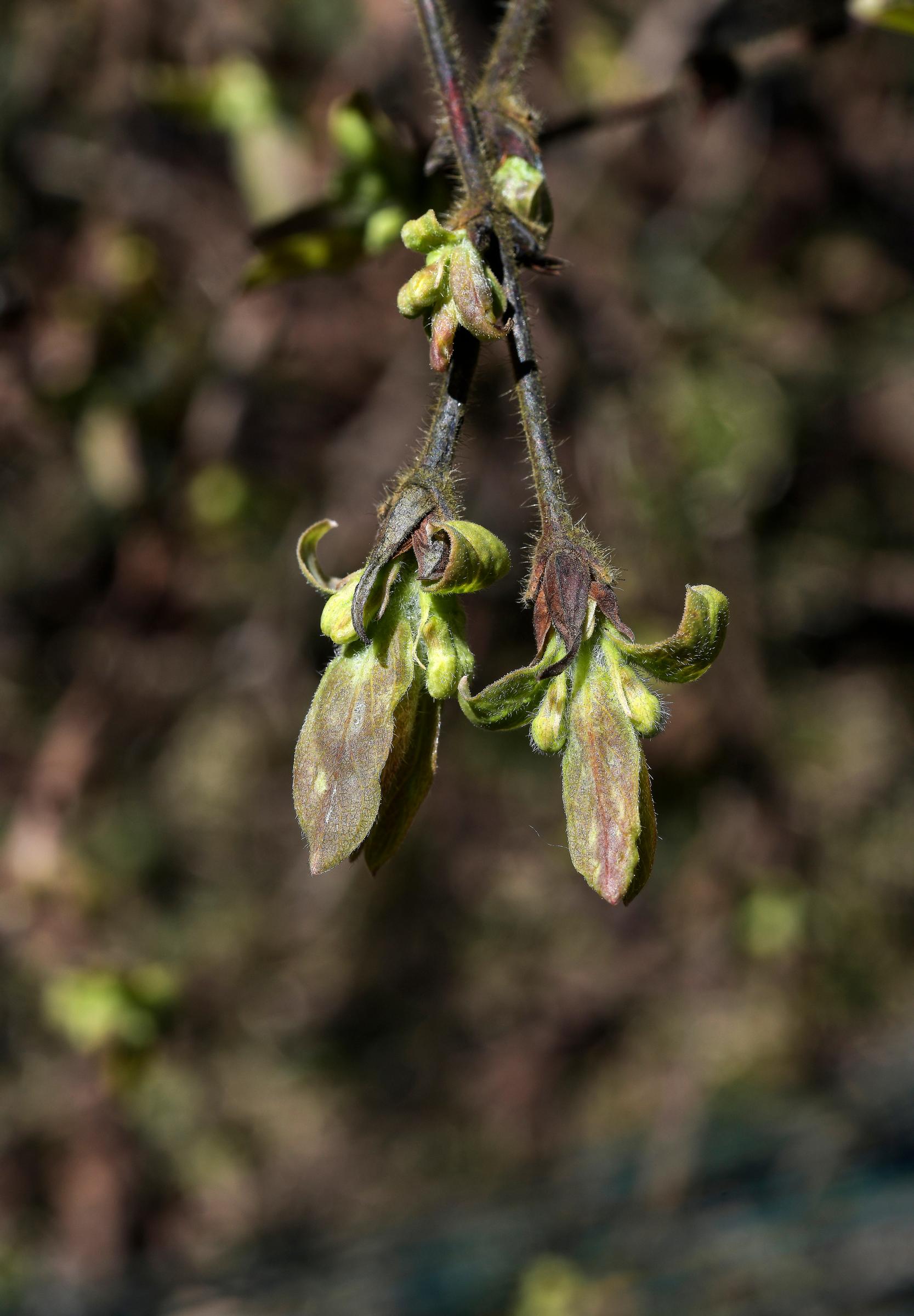
15. Protect the honeyberry harvest
Put up netting well before the crop ripens—sweet honeyberries disappear fast into beaks. Lightweight garden fleece is a worry-free option because birds won’t get tangled in it.
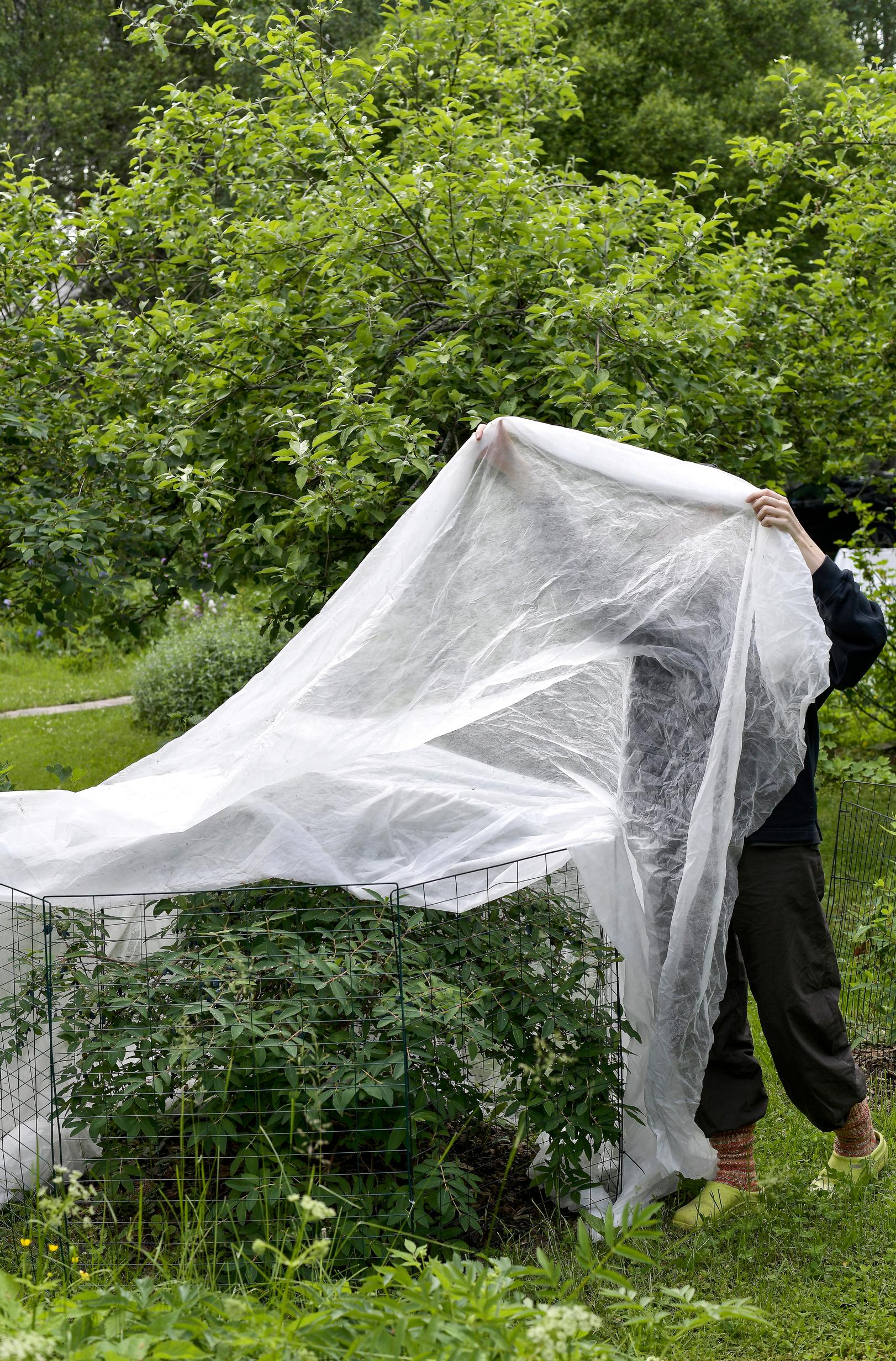
16. Watch for ripeness
Pick honeyberries only when they’re fully ripe; unripe ones taste bitter. Aroma and sweetness continue to develop for a week or two after the skin turns blue.
Some honeyberry varieties ripen their first berries one to two weeks before strawberries in Finland. Others ripen almost all at once, while some can be harvested over as much as three weeks. Stored cool, the berries keep for at least a week or two. You’ll find more on varieties at the end of the story.
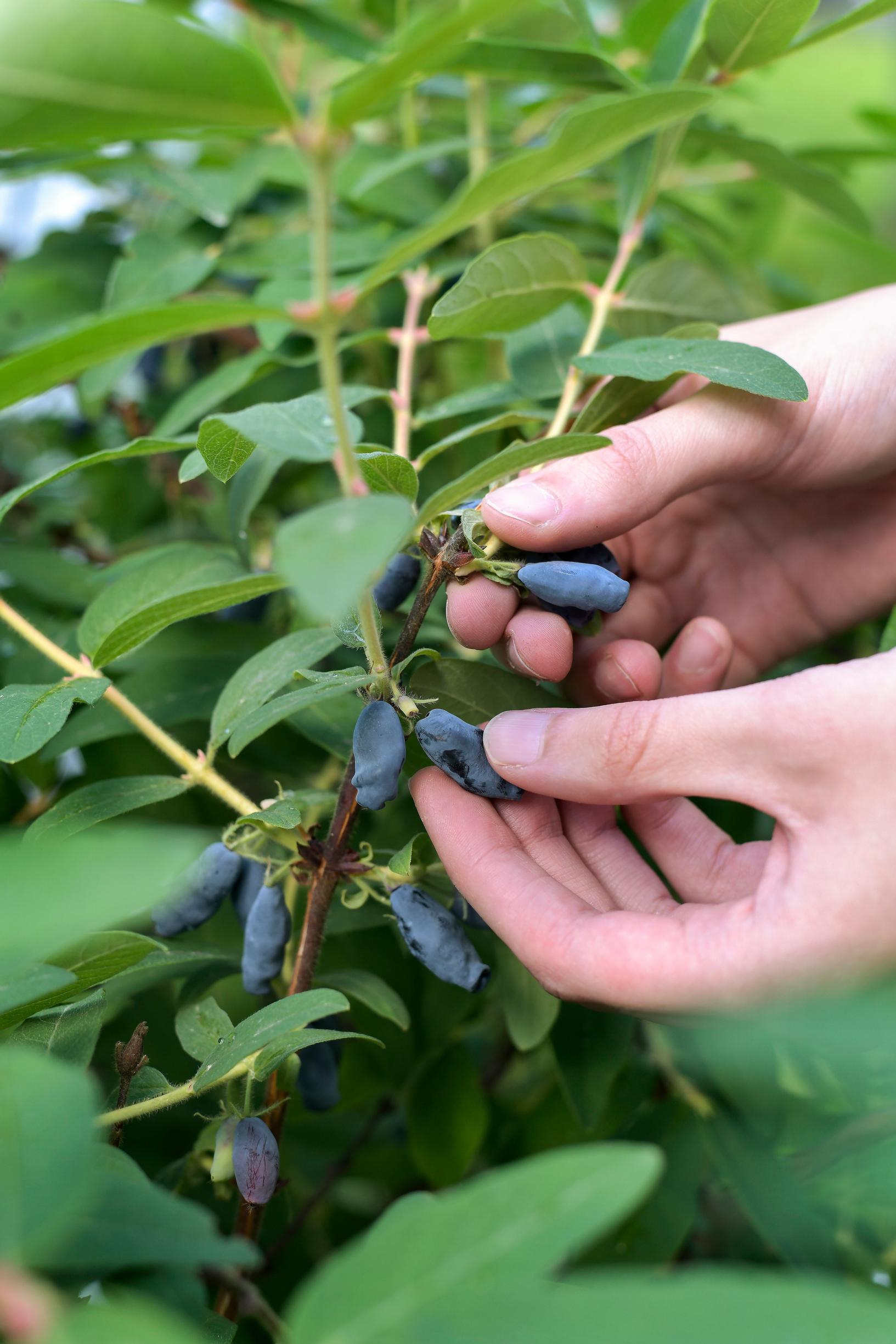
Honeyberry varieties for different purposes
Choose honeyberry varieties based on how you plan to use them and when you’d like to harvest. All honeyberries are high in sugar, but their acidity varies. Also consider the final height: most shrubs grow 1.5–1.8 meters tall.
Delicious fresh berries that are also great for baking and preserving
- ’Aurora’
- ’Docz Velikan’
- ’Vostorg’
- ’Blue Rock’
- ’Jugana’
- ’Honeybee’
- ’Boreal Beast’
- ’Boreal Blizzard’
- ’Uslada’
- ’Indigo Gem’
- ’Candy Blue’
Upright honeyberry varieties
- ’Aurora’
- ’Honeybee’
- ’Jättiläisen Tytär’
- ’Sinoglaska’
A perfectly round honeyberry
- ’Valikan’
